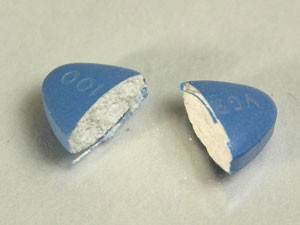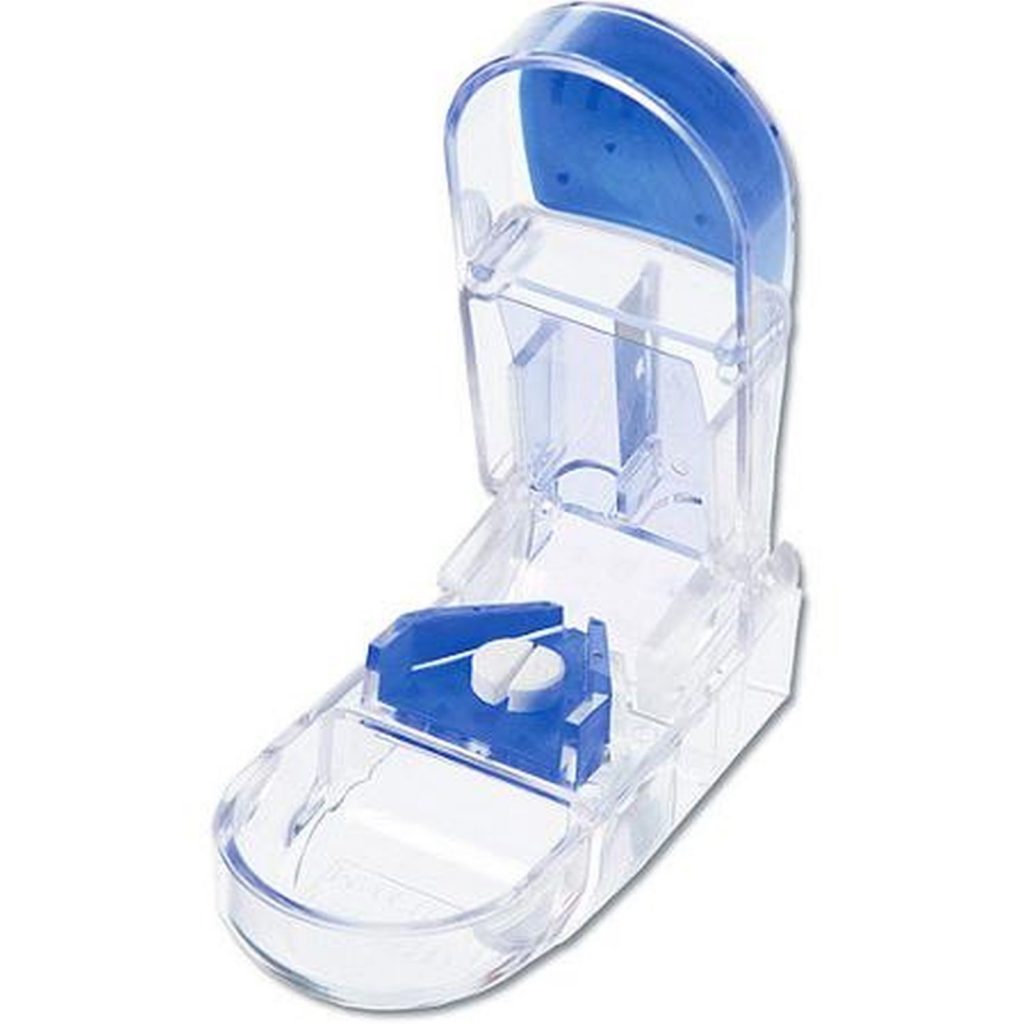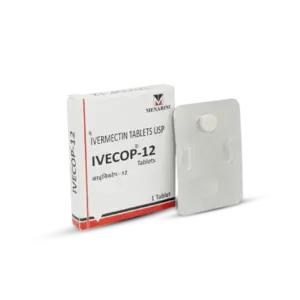If you want to avoid overreaching your family monthly budget, it would be a good idea for you to cut expenses on medications. At Together Rx Access we do our best in this direction, offering affordable prices and considerable discounts. However, there are some tips you can apply yourself. Is splitting pills a good solution for it? How to split tablets properly? Let’s take an in-depth look.
What Pills Are Most Commonly Split?

Medications that are most frequently split include:
- antidepressant remedies, such as Zoloft and Crestor
- pills for ED treatment, like Viagra, Levitra, and Cialis
- antihypertensives (Tenormin, Avapro, Accupril etc.)
- meds for lowering cholesterol.
An interesting post: Is Viagra Pill Addictive?
Ask a Healthcare Professional
If you are going to split your tablets, you’d better discuss with a healthcare expert whether it is safe, as different pills have various shapes, and halving some of them may be an unsafe practice (and bear more risks, see below). It’s also good to know whether dividing the tablet will be beneficial for your family budget, probably buying the lower dose costs the same money.
Do’s and Don’ts
- Don’t use kitchen scissors or knives.
- Don’t split all tablets in the vial, as air may degrade components in damaged parts.
- Do split tabs only as needed, to maintain due potency.
- Use commercially sold cutting devices.
You Can Use Pill Splitter
As mentioned above, using a knife and scissors is not recommended. It is recommended to buy a special device which is called pill splitter. It is a simple and non-expensive device.

Some common brands of splitters include Apex, Equadose, Silent Knight, MEDca, Medifacx, and ProRxdisc.
These devices can be bought in some pharmacies, large malls like Walmart, and online marketplaces, such as Amazon, eBay, and AliExpress.
How to Use Pill Splitter? Exemplary Recommendations
Here is a general guide (instructions may vary depending on the device):
- Open the device and place it on a hard surface, put the tablet on a V-shape inside the splitter.
- Close the splitter cover, the blade should lightly touch the surface of the tablet.
- Look at the positioning of the tablet, it will be seen from above, since splitters are usually transparent
- Make the final adjustments in the positioning of the tablet so that it breaks into even parts.
- Press lightly the splitter to separate the tablet.
The process of breaking the tablet is clearly shown in the video below.
The device is usually cleaned as follows: after each use, rinse thoroughly in warm, soapy water to remove the particles of the tablet.
Risks of Splitting
There are pharmaceuticals which are actually designed to be split, while others, for example, extended-release tabs and caps cannot be cut. In addition, not all preparations (if even they are eligible by other criteria) are suitable for splitting because of their specific therapeutic profile or toxicity.
As reported by WebMD, scientists at Ghent University in Belgium conducted a study to check accuracy of splitting pills by volunteers. Five participants divided tablets by ½ or ¼ using one of the 3 techniques: knife, hands/scissors, or a special device. Pills had either one score in the middle, a cross-like score, or no scores. They were intended for treatment of various illnesses including cardiovascular diseases, arthritis, and nervous system disorders.

The researchers performed weighting of pill and their parts before and after cutting. They revealed that about one third of slices diverged from advised doses by more than fifteen per cent, while about one fourth of slices had over 25% deviation. Even a splitter was not a fully precise device, as deviates were observed even in case of its using.
Dosage deviation may not be very important in case of some medicines, so splitting would not compromise their efficacy. This concerns, for instance, antihypertensive medications used for chronic therapy of high blood pressure, and that would be ok when a person takes a slightly lower dose one day and a slightly higher one another day. However, for some medications, even a minor dosage difference may remarkably affect effectiveness and/or influence the risk of side effects’ occurrence.
A final recommendation: consult a doctor or pharmacist before splitting your pills to reveal whether it is appropriate, safe, and financially beneficial for you. And if you decide to practice this, use a splitter, which ensures the highest accuracy, though not precise.




